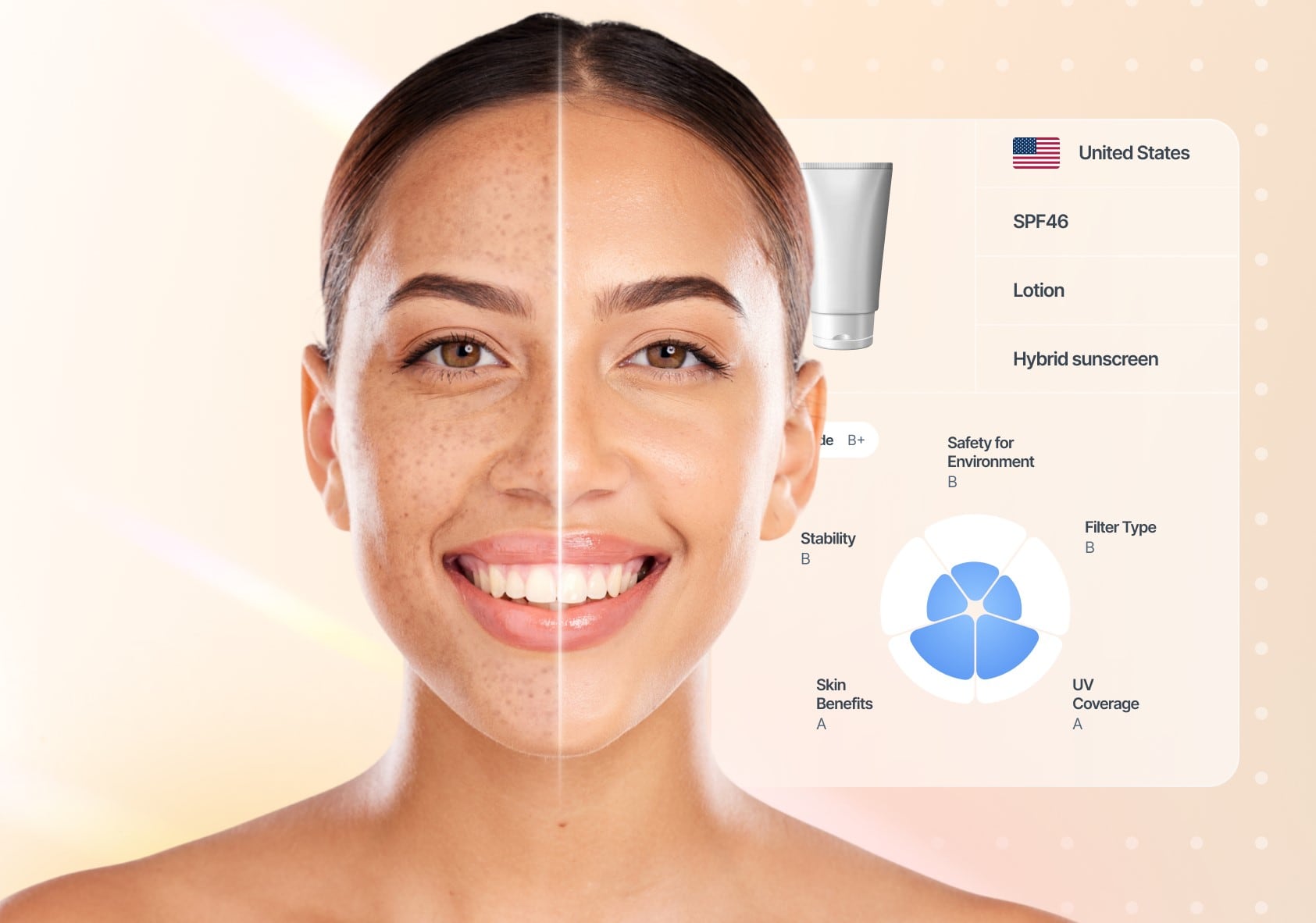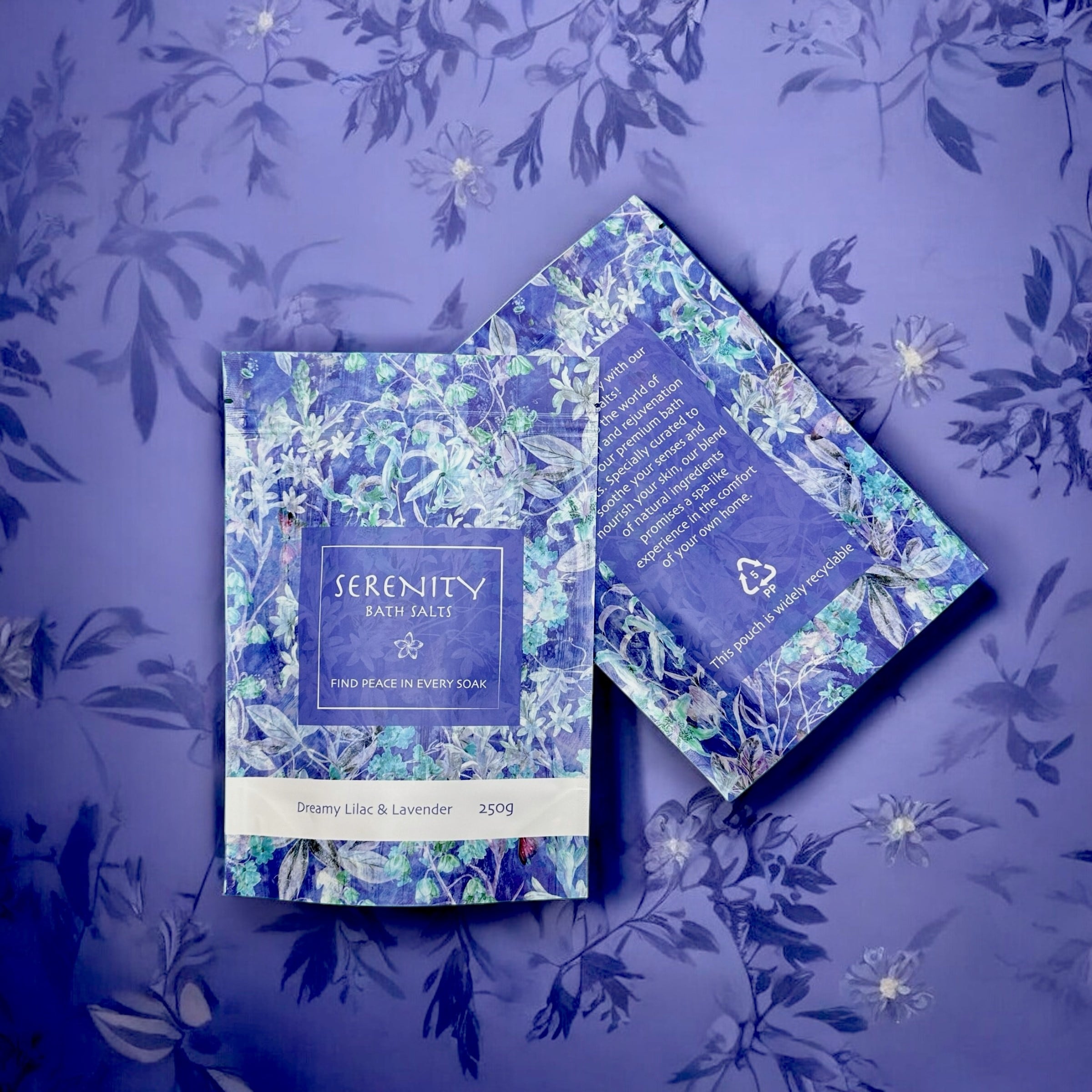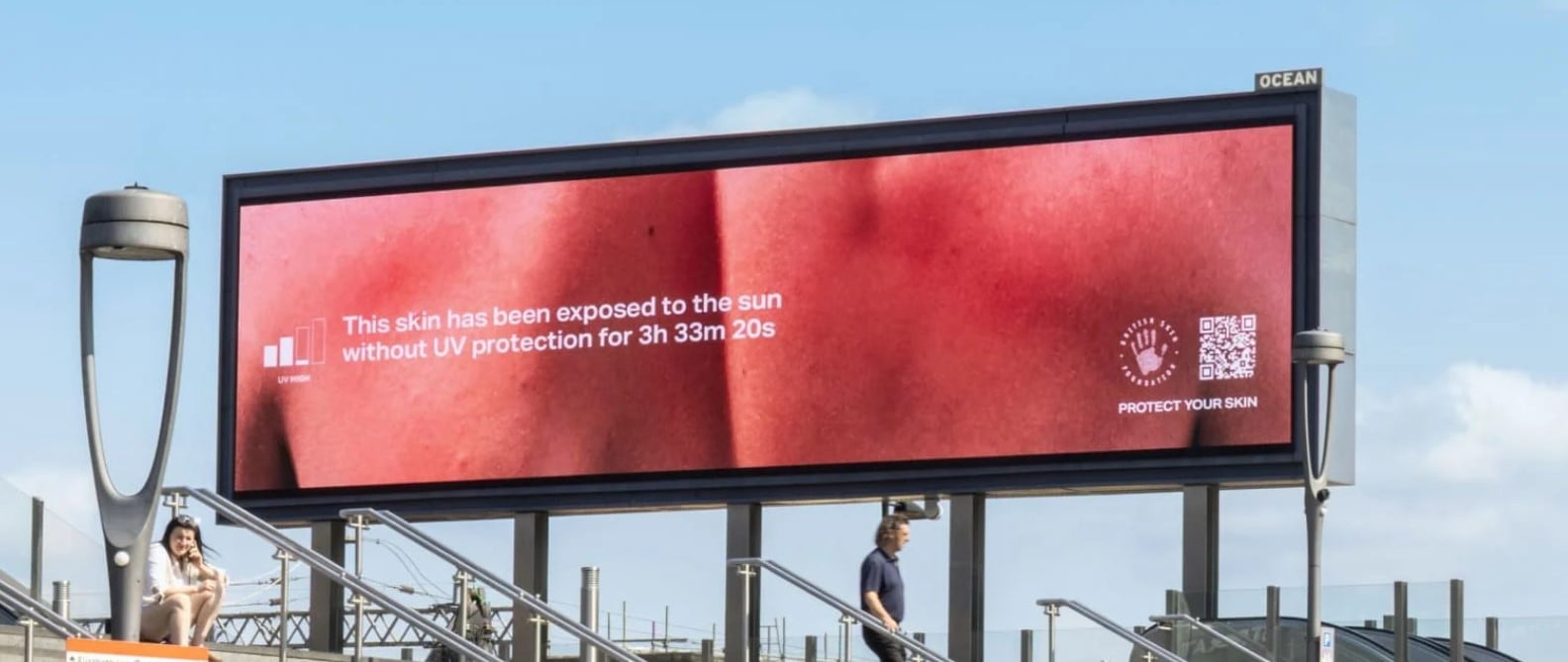The Estonian tech company Haut.AI has just released two new innovations: SPF Truth Booth and SPF Protection Power List.
The business said that ‘SPF Truth Booth’ is the first generative AI-powered interactive experience that lets users upload a selfie to see exactly how their own face could look up to 10 years from now if they use SPF or skip sun protection.
Unlike social media filters, these simulations are based on real skin biology, integrating research-backed modelling. The technology is powered by the company’s AI skin simulation technology, SkinGPT. Using this tool, Haut. AI has transformed validated dermatological and UV research into personalised visualisations.
The second innovation is a new ‘SPF Protection Power List’. For this, the company’s scientific team reviewed over 100 popular facial sunscreen products, evaluating them purely from a scientific perspective and ranking them across five scientific criteria: UV Coverage, Skin Benefits, Stability, Environmental Safety, Filter Type.
Avene’s Solaire UV Mineral Multi-Defense Sunscreen topped the list in first place, with Babo Botanicals Sheer Mineral Sunscreen Lotion coming in second, Beauty of Joseon Relief Sun: Rice + Probiotics in third place; InnBeauty Project Mineral Sun Glow Broad Spectrum in fourth place and 111SKIN Repair Sunscreen came in fifth place out of the total 100 products investigated. The full list can be seen here.
We spoke to the CEO & co-founder at Haut.AI Anastasia Georgievskaya to find out more…
Cosmetics Design-Europe (CDE): Can you tell me more about the technology behind the ‘SPF Truth Booth’?
Anastasia Georgievskaya (AG): The Truth Booth experience is powered by Haut.AI’s proprietary SkinGPT technology, which is a generative AI platform purpose-built to simulate scientifically accurate, hyper-realistic changes in skin over time.
SkinGPT works by first analysing a person’s biological skin baseline, including tone, texture, and existing visible conditions, captured through a simple selfie. From there, the system uses a combination of advanced AI models and generative techniques to predict how the skin would realistically evolve under specific scenarios.
In the case of the SPF Truth Booth, the simulation models are informed by published dermatological research on cumulative UV exposure and its effects on skin aging and pigmentation over time.
For example, SkinGPT integrates known correlations between UV index, frequency of sun exposure, and the formation of fine lines, wrinkles, and hyperpigmentation. These data points help calibrate the model, so it doesn’t simply apply generic visual effects but rather projects gradual biological changes aligned with scientific evidence.
What makes this unique is that the simulation is not a “filter” or a superficial overlay, it’s a predictive visualisation grounded in real skin biology and research-backed modelling. The output shows side-by-side projections: one pathway showing the estimated impact of consistent SPF use, and the other showing the effects of no sun protection up to 10 years in the future.
CDE: How long have you been working on this project and what kinds of challenges did you face along the way?
AG: We’ve been working on the underlying technology, SkinGPT, for over two years. Developing it was an extensive process that combined Haut.AI’s experience in skin analysis with new generative AI approaches.
One of the biggest challenges was ensuring the simulations were not only visually convincing but also scientifically credible and personalised. Unlike makeup try-ons, skincare results happen gradually and are influenced by many factors, like baseline skin condition, lifestyle, and environment, so creating models that could realistically project those changes required a lot of careful research and validation.
Another challenge was striking the right balance between educational clarity and emotional impact. We wanted the experience to be engaging enough to resonate with consumers but still grounded in objective evidence. Finally, optimising the AI to deliver high-quality results quickly, without requiring specialised hardware, took substantial engineering work.
CDE: Can you go into a bit more detail about the technology you’ve used to evaluate the sunscreens?
AG: Our evaluation of the sunscreens was an ingredient-based review conducted by Haut.AI’s scientific team, which includes specialists with backgrounds in biophysics and biology. For each product, we manually analysed the full ingredient list provided by the manufacturer and graded it across several key criteria: UV Coverage, Formula Stability, Skin Benefits, Environmental Impact, and Filter Type. This process was designed to offer a transparent assessment that goes beyond marketing claims.
For example, we looked at UV Coverage, which we assessed by identifying the specific UV filters used in each formula and determining whether they provide broad-spectrum protection against both UVA and UVB rays. Another important criterion was Formula Stability, where we reviewed whether the combination of active ingredients is known to remain effective over time without significant degradation. We also evaluated Skin Benefits, considering the presence of proven antioxidants, soothing agents, and moisturizers that can support skin health alongside sun protection.
All of the grading criteria and detailed explanations of how each score was derived are fully published on our SPF Protection Power List page. This way, anyone can review our methodology and understand exactly how we arrived at each rating. Our goal was to create a clear, ingredient-focused reference that helps consumers make more informed decisions.
CDE: How do you expect this technology to disrupt or influence the suncare industry?
AG: The SkinGPT technology behind the SPF Truth Booth can be applied by any brand interested in creating similar experiences. Brands can work with the Haut.AI team to develop virtual try-on tools for their skincare products, whether it’s SPF or other creams and serums. Essentially, we’re able to take results from clinical trials or validated data and translate them into biologically accurate visual projections that show how a product could impact an individual’s skin over time.
One of the challenges in skincare is that before-and-after images are often difficult for consumers to relate to. They’re usually photos of other people, and it can be hard to picture what those results would look like on your own face. SkinGPT helps bridge that gap by creating simulations that are personal and easier to understand.
At the same time, SkinGPT is also a strong partner for marketing teams, who often rely on this before-and-after imagery, and for a reason because people genuinely want to see results. In practice, though, brands face real challenges: clinical trial photos don’t always look aesthetically consistent, it takes months for real results to develop, and there are strict requirements around getting consent to use customer images in promotional materials. In some cases, teams resort to heavy retouching to make visuals look convincing, which can erode trust and is simply time consuming. With SkinGPT, brands can create synthetic visuals with realistic skin textures within minutes.
Overall, we see this technology as part of a shift toward more transparent and interactive ways for consumers to evaluate skincare. Over time, it has the potential to raise expectations for how results are communicated and make it easier for people to make decisions based on evidence rather than purely marketing claims.





